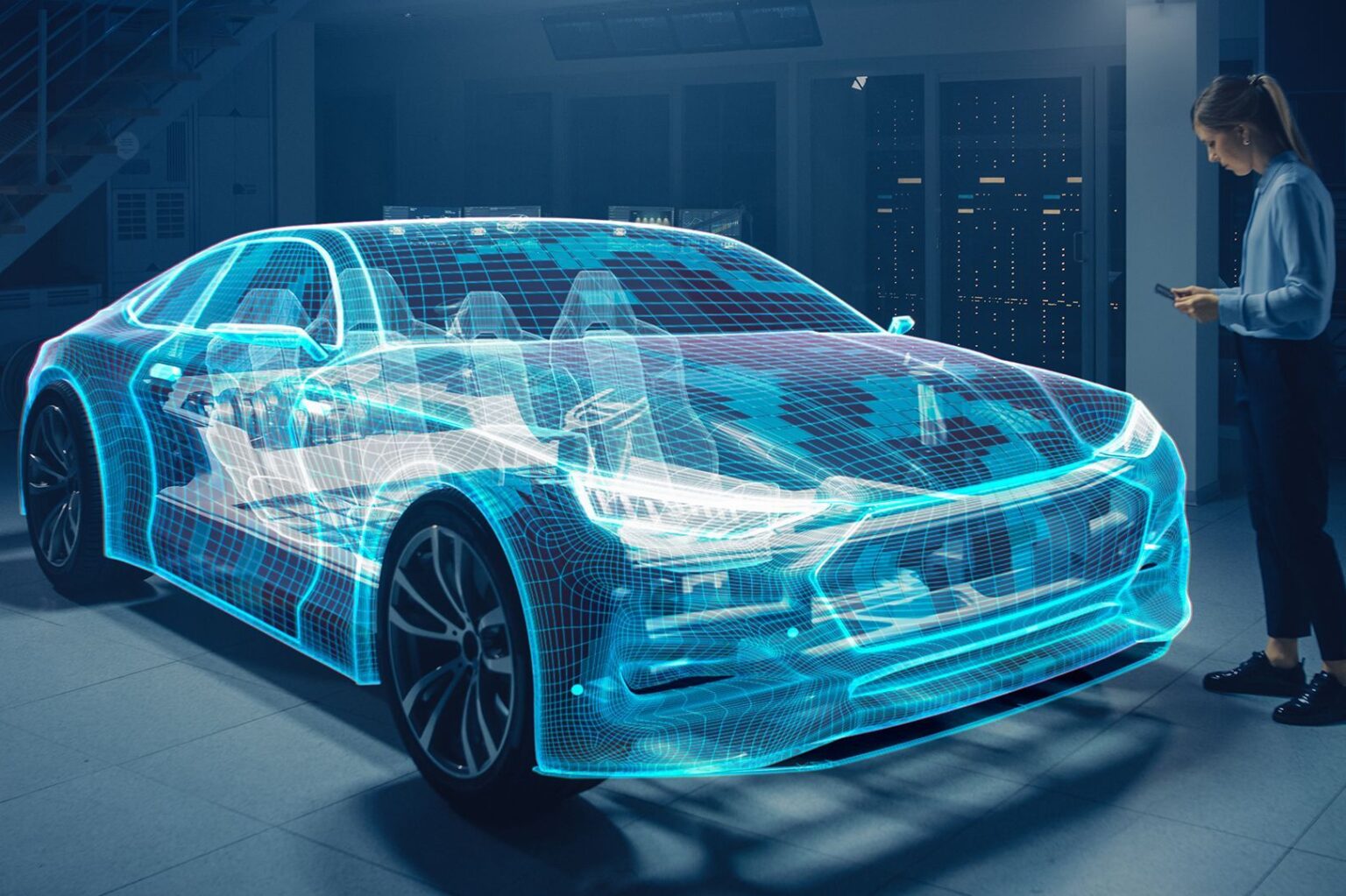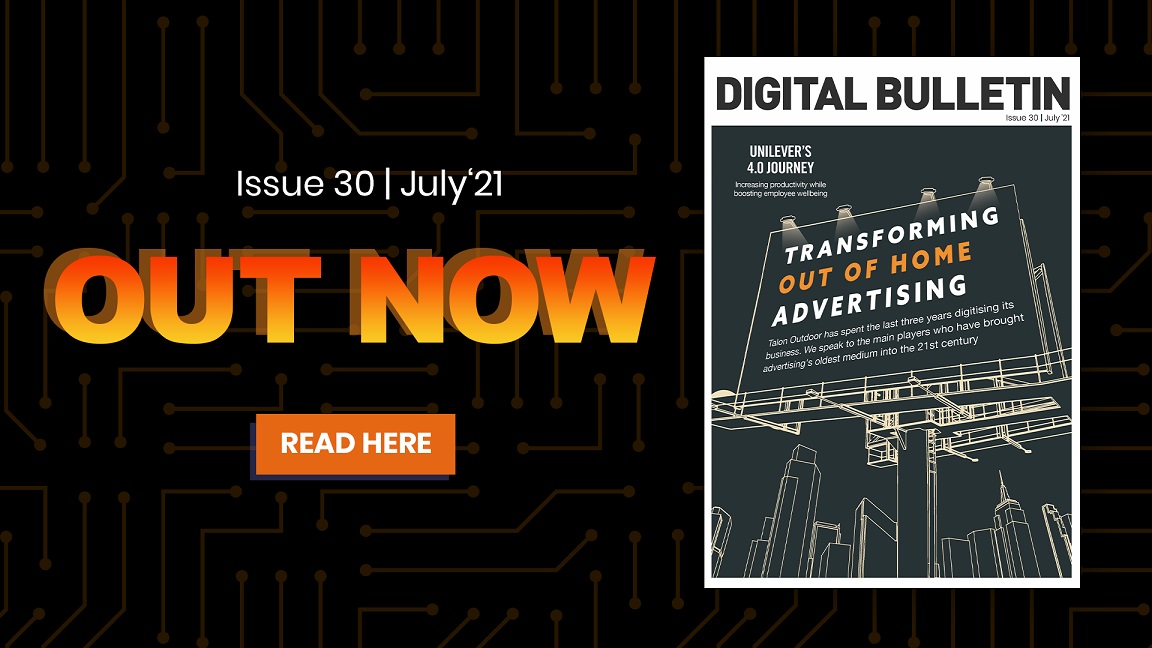
Viewing content in 3D using just our eyes has long been the stuff of science fiction. But leaps in technology mean volumetric video is making huge strides, with vast potential for consumers, public sector and businesses alike. Digital Bulletin speaks to Phil Baulch, Corporate and Public Sector Director, CTIO, BT Enterprise, to find out more.
What is volumetric video and why is it important?
Volumetric video is a way of capturing a person, object or environment in three dimensions so that it can be seen remotely in 3D from any perspective – a bit like a holographic representation. It is one of the technologies BT is experimenting with at Adastral Park, an innovation centre backed by the UK government’s 5G Create funding initiative. There we have the “5G Edge-XR” – a diverse consortium of six specialist companies engaged in what, until recently, would have been unimaginable. And it’s not just volumetric video, it has also propelled forward other collaboration tools such as the Hyperbat which is the world’s first 5G virtual engineering model.
Volumetric video is an incredibly exciting way for people to interact with each other, even when they can’t be physically present. This is significant for so many industries as it provides scope for users to access high quality, immersive content from the comfort of their own homes. Recently, we’ve all experienced what it means to live in a world powered by virtual interactions, but volumetric video could completely transform remote working for all business industries. Take architecture or manufacturing, for example. Employees will be able to virtually gather remotely around 3D virtual models of buildings or products and be able to collaborate and make adjustments.
How is 5G pushing the medium?
The low latency connectivity offered by 5G and paired with compute power sited at the edge of the network enables volumetrically captured objects, be that musicians performing on stage or a boxer fighting in a ring, to be seamlessly streamed to a display – and experienced in the same way our brains perceive an object moving in front of us.
Volumetric video needs 5G because the sheer amount of processing power required to render and display a high-resolution three dimensional image places too much pressure on even the latest smartphones. The collaborative work of 5G Edge-XR is opening up whole new areas of possibility. Edge compute facilities paired with high-end graphics processors placed at the edge of the 5G network means the intensive processing is done on remote computers before then being streamed to your device over 5G with super low latency.

Could you outline some use cases of how volumetric video will evolve or transform sectors and industries?
Volumetric video could transform a whole range of diverse industries, from communications and entertainment to health and education, who stand to benefit from this technology. For business, small and large, it can bring new ways of collaborating, enabling virtual offices to be created – rather than colleagues communicating on a flat screen. Full-scale models can be created and shared in 3D, allowing everyone in a production line to properly assess a final product. Presentations and meetings can be held without the need to fly across the world, lowering a business’ carbon footprint.
If we consider retail, we will be able to virtually enter a high street boutique and try on clothes to make sure they fit and look good before ordering the physical garment. We could even tour the interiors of homes for sale without entering the space itself.
In schools, teachers will be able to create worlds within a classroom for their pupils to explore. For scientists, it will improve the ability to collaborate, experiment and share research across continents that will be enriched by the creation of virtual labs, allowing them to discover new information.
How is volumetric video going to change broadcast media and how people consume it?
Volumetric video provides a new way to share information and content to audiences in a more interactive and immersive way. This is particularly important for sports broadcasting where events can be viewed in real time, in three dimensions, from anywhere in the world. For the consumer, it transforms the way they engage with content and ensures they are not missing out, despite not being physically present. The power of volumetric video therefore improves the consumer experience dramatically and is set to transform the broadcast media landscape globally.
How might volumetric video reduce carbon footprints?
Volumetric video enables events to unfold from just a few feet away allowing users to circle around or move in between sports professionals, performers or colleagues, depending on the situation, and experience it all in real time. This means broadcasters and sports fans would no longer need to travel around the world to watch a 90-minute football match or a 10 second boxing round, as they can receive the same experience from their living room. Employees wouldn’t always have to commute into work every day or travel abroad for a global meeting.

Thirty per cent of the EU’s total CO2 emissions comes from transport, of which 72% comes specifically from road transportation so the need to lower road use to reduce carbon footprints is evidently crucial. Reducing time spent travelling reduces carbon footprints – volumetric video therefore goes beyond changing just the virtual world and has a positive impact on the physical world too.
Are there also opportunities for volumetric video to be used in healthcare environments?
Yes. In hospitals, multi-disciplinary teams will be able to study 3D scans of a patient’s body. They might even be able to view a hologram of a patient’s heart, helping them to form a clear diagnosis. What’s more, it could also help researchers with collaboration, as well as the potential volumetric study of microscopic organisms, which can improve diagnosis and develop new medicines and vaccines.
Which other technologies are important to the emergence and growth of volumetric video?
Volumetric video has the ability to capture and livestream everything. Say we’re broadcasting a concert, volumetric video captures the performer, their clothes, facial expressions and surrounding objects. What’s more impressive is it can all be done using one or very few cameras and in real time. This is all because of deep learning.
Deep learning is a technology or technique that trains a computer to recognise and predict the shape of objects, materials and how they move. It takes huge amounts of data to make guesses based on previous experience and so you have to feed the computer a lot of data and think about how you can make updates. All of this is then underpinned by 5G and edge computing.
Where does BT come into this and what are its ambitions for volumetric video?
Volumetric video is one of many new technologies we’re experimenting with at Adastral Park and under the banner of 5G Edge-XR, we are working hard to ensure virtual and augmented experiences like volumetric video are ready for the real world. BT provides the 5G infrastructure for these new technologies but the innovation is only possible by the way the consortium of companies work together and pooling our shared expertise.
How soon do you believe it might become a visible part of our day-to-day lives?
We’re on the edge of a new era of three-dimensional technology. It’s still in the early stages of development, but volumetric video and the associated AR and VR new technologies we are working on at Adastral Park have huge transformative potential. They have the ability to change our everyday lives for the better, just as broadband has.
Imagine being able to stand a few feet away from two heavyweight boxers in the midst of a title bout. Or on the edge of a tarmac as MotoGP bikers fly past in the heat of a Grand Prix – all from the comfort of your sofa
Our incredible new network capabilities, accelerated by 5G and FTTP to name a few, combined with the collaborative work of leading specialists such as the 5G Edge-XR consortium, means that the technology is in touching distance. For example, we are also making vast advancements in wearable technology such as enhanced glasses that, while appearing to be simple reading glasses, are capable of supplying a viewer in the stadium with all the data and commentary of a home viewer. Soon technologies like these will be a visible part of our day-to-day lives – it’s hard to pinpoint a date but all we know is it’s a very exciting time for the virtual world.
The pandemic has been a driver for a number of technologies – is that the case with volumetric video?
Maybe just 12 months ago, it was harder to imagine such virtual technologies would be possible. But due to the current landscape caused by the Covid-19 pandemic, we’re starting to appreciate how important virtual technology is and the possibilities it holds. Due to enforced remote working and lockdowns that kept us apart from loved ones, we now understand how meaningful virtual connections are when we can’t be together. That’s why there’s increased importance on making our virtual world as seamless and intuitive as possible.
Whilst plans were already in motion for the development of volumetric video, the pandemic has certainly accelerated the pace at which we look to launch this technology. It’s also cemented the need and development of collaboration tools such as Hyperbat, which is creating virtual 3D life sized graphics in real time to make it easier for people to work together. It’s a pivotal time for all technologies and digital transformation as accelerated hugely across all industries.
How would you expect people to be utilising volumetric video in 2030?
Volumetric video and other associated augmented technologies aren’t ready yet, but amazing new network capabilities, combined with the collaborative work of leading specialists, are moving us closer to launch everyday. One area we see real potential in is live sports broadcasting which will transform how we immerse ourselves in live sport, forever. Imagine being able to stand a few feet away from two heavyweight boxers in the midst of a title bout. Or on the edge of a tarmac as MotoGP bikers fly past in the heat of a Grand Prix – all from the comfort of your sofa. 2030 might not be a definite but it’s certainly something to aim for.



